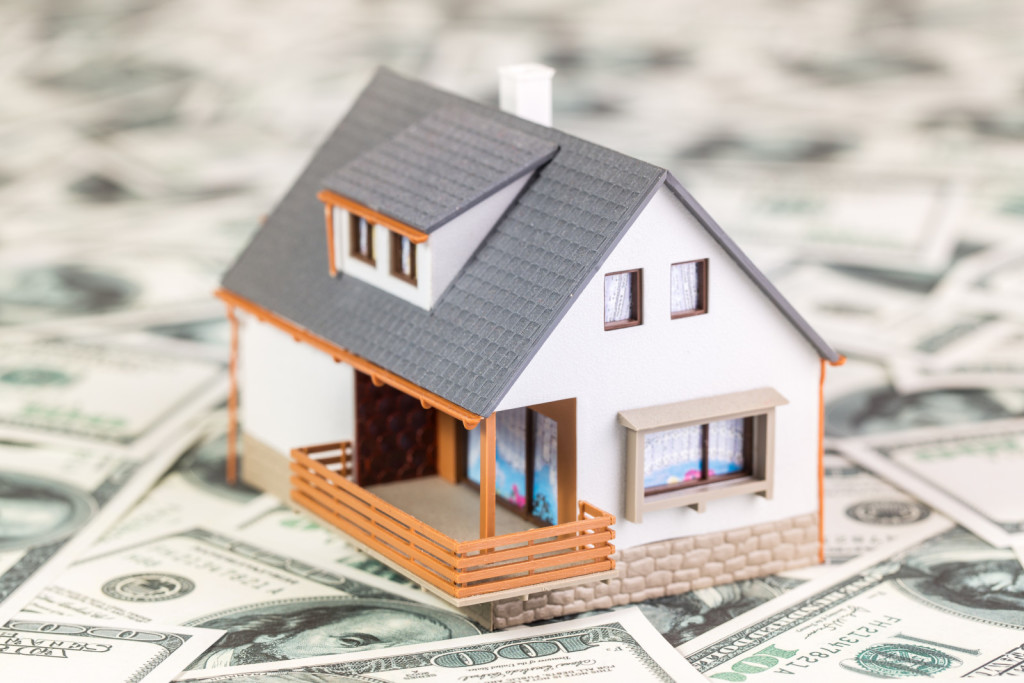What If the Housing Bubble Never Happened?
Most U.S. homes are still worth far less than they “should” be if there were never a housing bubble and home values had instead grown at historic norms between 2000 and 2016.

Most U.S. homes are still worth far less than they “should” be if there were never a housing bubble and home values had instead grown at historic norms between 2000 and 2016.

If experts are correct, by late 2017 the median U.S. home will be worth the same as it was prior to the Great Recession. But while this is a milestone, it’s a mistake to think re-achieving previous highs is a sign of full recovery. In reality, most U.S. homes are still worth far less than they “should” be if there were never a housing bubble and home values had instead grown at historic norms between 2000 and 2016.
The typical U.S. home is currently worth 4.9 percent less than it was in 2007, just before home values began falling as the recession took hold. This is a marked improvement from the depths of the collapse, when home values were down an average of 22.4 percent from peak. But that roughly 5 percent deficit pales in comparison to the more than 40 percent gain the stock market experienced over that same time frame.
Given those numbers, you would be hard-pressed to find anyone that bought a home at the peak of the housing bubble in 2007 who would choose to do so again (and that’s assuming they were able to keep their home through the worst of the crash, a big assumption).
Of course, the “national” housing market is really just a collection of hundreds of local markets. So while the average U.S. home is still valued 4.9 percent less than in 2007, home values have fared wildly different from market-to-market over the past nine years. Home values in some metros remain more than 20 percent below their 2007 peaks, while home values in another are almost 50 percent above where they were roughly a decade ago (figure 1).
For example, Denver homeowners who purchased in 2007 are probably pretty happy with their decision – home values in the area have grown a whopping 45 percent, on average, since the housing bubble. On the other hand, those that bought in Las Vegas at the same time are probably wishing they’d put their savings into something with a better chance of being profitable, like a spin on the roulette wheel.
But even in markets where homes are more valuable today than during the housing boom years, the prolonged period of decline is often enough to keep home values below where they would have been if there had never been a housing bubble and subsequent collapse in the first place. But by how much? To answer this, we compared the actual change in home values between 2000 and 2016 to what they would have looked like if they had steadily grown at their historic rates (figure 2).[1]
Between 2000 and 2006, when the housing market was at its bubbliest, actual U.S. home value growth outpaced historic home value growth. By the first quarter of 2007, the median U.S. home was 22.4 percent more valuable than if it had appreciated at historic norms. But over the next five years, home prices fell or stayed flat – a period of decline long enough to keep home values well below levels they would have otherwise attained under the historical growth scenario, despite rapid appreciation after the housing market reached bottom and began to recover.
Twenty of the thirty largest metros analyzed show the same pattern as the nation: Home values are currently below where they would have been if historic appreciation rates had persisted.
[1] We calculated the average annual change for metro home values between 1985 and 1999 using the the Federal Housing Finance Agency’s Home Price Index. We then chained home values forward from 2000 onward using these rates of appreciation.